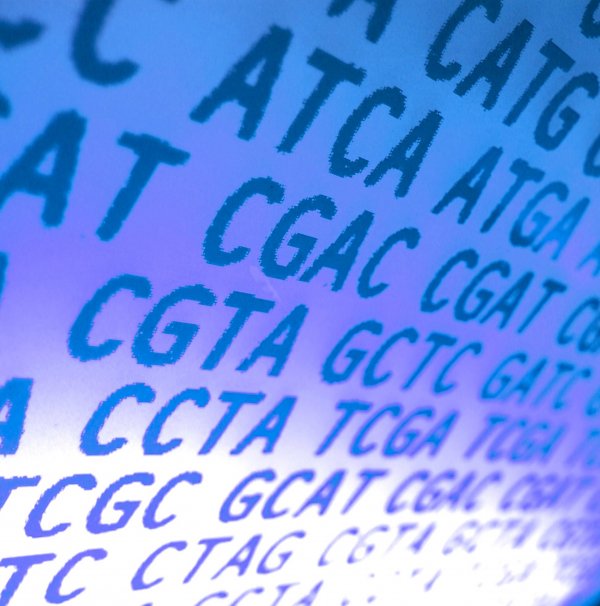Malaria DREAM Challenge on drug resistance: open for pre-registration
Malaria is still a global health burden, despite numerous coordinated efforts for eradication. One obstacle to eradication is the malaria parasite’s quick adaptation to anti-malarial drugs resulting in drug resistance. Resistance mechanisms are ill understood for many antimalarials, making it difficult to overcome these costly evolutionary changes. Recent reports from Southeast Asia of resistance against Artemisinins (Art), the last line of defense against multi-drug resistant malaria, raises concerns of a significant setback in eradication efforts. Understanding the changing biology of malaria parasites as they acquire resistance may be key to preventing the spread of resistance. A multi-stakeholder group have launched the Malaria DREAM challenge, the first DREAM challenge that focuses on an infectious disease agent, aimed at predicting the changing biology of Art-resistant malaria.

The Malaria DREAM Challenge is open to anyone interested in contributing to the development of computational models that address important problems in advancing the fight against malaria.
The overall goal of the first Malaria DREAM Challenge is to predict the Artemisinin (Art) drug resistance level of a test set of malaria parasites using their in vitro transcription data and a training set consisting of published in vivo and unpublished in vitro transcriptomes.
The in vivo dataset consists of ~1000 transcription samples from various geographic locations covering a wide range of life cycles and resistance levels, with other accompanying data such as patient age, geographic location, Art combination therapy used, etc. [Mok et al (2015) Science].
The in vitro transcription dataset consists of 55 isolates, with transcription collected at two timepoints (6 and 24 hours post-invasion), in the absence or presence of an Art perturbation, for two biological replicates using a custom microarray at the Ferdig lab.
Using these transcription datasets, participants will be asked to predict three different resistance states of a subset of the 55 in vitro isolate samples; 50% inhibitory concentration values (IC50), patient clearance half-life (PC1/2), and categorical resistance state (resistant/sensitive).
Pre-register to be part of the DREAM Challenge. Find out more on the data sets available and organisers.
Timeline for the Challenge:
Launch: April 2019
Final Submissions: 1 August 2019
Winners Announced: 1 September 2019

